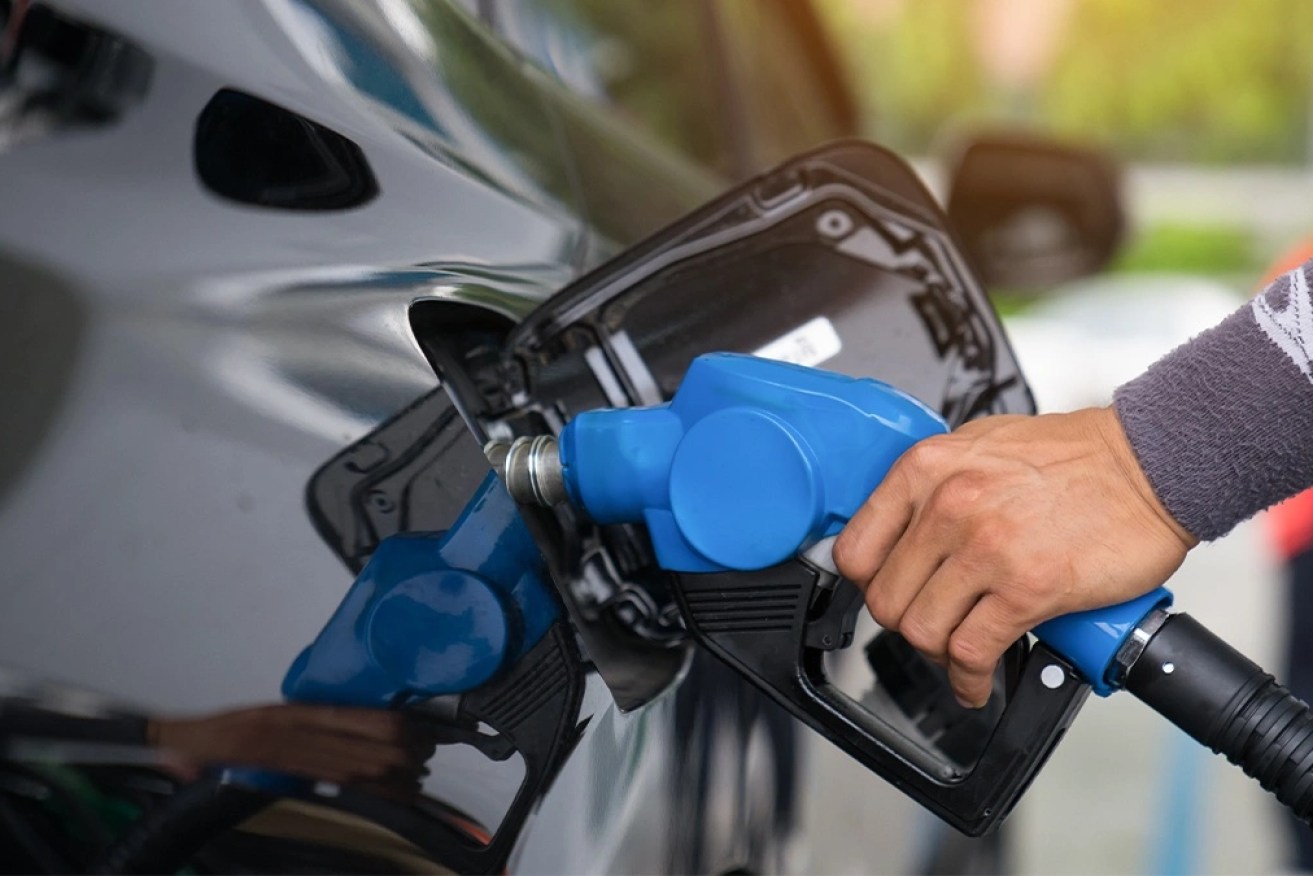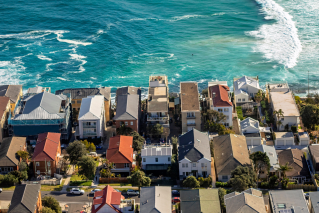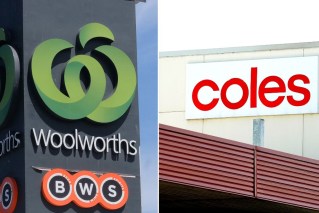‘Getting very bad’: Christmas warning for motorists as petrol prices smash past $2.10 a litre


Motorists are still paying dearly for petrol, but prices are easing before Easter. Photo: TND
Australian motorists may need to get used to paying more than $2 a litre for petrol, as hopes that 2023 would bring relief at the bowser are dashed in the latest squeeze to hit the major capitals.
Average petrol prices across Sydney soared to more than $2.20 a litre last week, while motorists in Melbourne were paying up to $2.24 a litre on Friday.
Brisbane’s petrol prices cycle has been knocked out of sync with Australia’s other two major capitals and is currently falling, though prices remain at an historically high $2 a litre.
It comes at a particularly bad time for motorists who were also squeezed at the bowser last year before an easing in global oil markets in early 2023 sparked hopes that relief was on the horizon.
In reality the opposite has happened; global oil prices have rebounded sharply on the back of major oil-producing nations restricting supply, compounding with a big fall in the Australian dollar.
And now there are even warnings the pain could last for the remainder of the year, with National Roads and Motorists Association spokesperson Peter Khoury saying there’s no sign of relief in sight.
“Oil-producing nations have made it clear they have no intention of increasing production between now and Christmas,” Khoury said.
“It doesn’t bode well for families heading into Christmas.”
The problem is now so bad that even the Reserve Bank is concerned, with minutes published this week showing petrol costs are an inflation risk.
CommSec economist Craig James said rising petrol prices are a “fly in the ointment” for plans to curb inflation, with Commonwealth Bank data suggesting costs rose 8 to 12 per cent in August.
“The [central] bank can’t do much about higher fuel prices, but it notes the key influence it has on inflation expectations,” he said.
Petrol prices soaring
What’s particularly worrying about the recent petrol price squeeze is that the peak of the semi-regular price cycles across Brisbane, Melbourne and Sydney is not the only problem.
The trough of the cycle has also gradually shifted higher in recent months and was more than $1.80 a litre in each city in early August – which is more than 15 per cent higher than early 2023.
That means that motorists are increasingly unable to avoid the squeeze even if they wait for the worst of the prices to abate before filling up, although this is still the best way to save money.

Source: MotorMouth (click to enlarge).
Khoury said discerning motorists typically net a benefit of up to 50 cents a litre by shopping around, but because of recent oil price rises the gap between the cheapest and most expensive servos has fallen to about 30 cents a litre.
“It’s getting very bad and it’s hard to avoid the worst of it,” he said.
“Sydney broke the record for regular unleaded last week … we’ll probably break it again when we hit the high point of the next price cycle in a few weeks time.”
Factors behind the squeeze
The main reason that petrol prices are rising in Australia right now is a recent rebound in global oil prices, which has come about because major producing nations are constraining supplies.
That includes the OPEC+ nations, led by Saudi Arabia, and major oil companies based in North America – though the former tends to play a more pivotal role in setting global prices these days.
Brent crude prices futures have risen to $US93 ($144) a barrel in recent months, which is much higher than the $US72 ($111) a barrel price prevalent in June after OPEC+ cut daily oil production by more than a million barrels.
Global oil markets have been particularly sensitive to the shift because supply chains have already been weakened by the Ukraine war and western sanctions that have come in response.
The other major factor is a recent depreciation in the value of the Australian dollar, which affects local prices because Australia imports most of its unleaded petrol from refineries in Singapore.
One Australian dollar is now buying just 64 US cents, having fallen from more than 70 cents this time last year.








